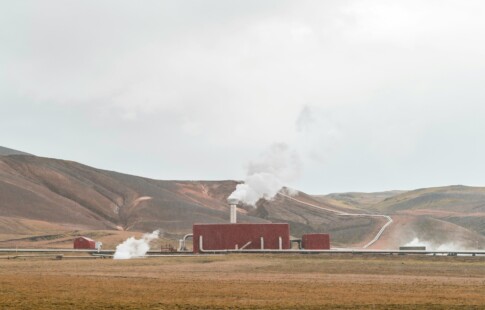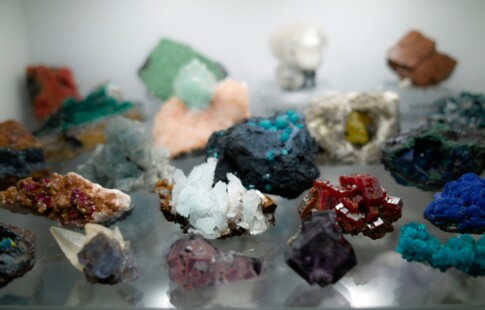
5 Eco-Friendly Ways to Heat Your Home This Winter
We are reader-supported. When you buy through links on our site, we may earn affiliate commission.
Heating is expensive, time-consuming and often damaging to the earth, though during the cold months it’s necessary. Fortunately, there are some eco-friendly ways to heat your home throughout the winter:
1. Geothermal Heating
The first of the eco-friendly ways to heat your home is geothermal heating, which is arguably one of the most ambitious ways to embrace green living and the most costly. The average cost of installing geothermal heating is between $20,000 – $25,000. Additionally, you will need a nice plot of land, double the area that your home covers.
A major advantage of geothermal heating is that the system will work as a complete HVAC system. Geothermal heating works via a loop. Underground temperatures fluctuate much less than our atmosphere. In the summer the loop feeds in cold air from the ground to cool your home, and in the winter the loops feed in warm air from the ground to keep you toasty.
If you have the budget, this costly investment will pay for itself within a decade and has been proven to last for generations.
2. Solar Heating
Solar energy is plentiful and a great alternative to fossil fuel heating. Like geothermal heating, solar is a considerable investment.
While leasing solar panels may seem like an easier way to get started, the lease can affect the resale value of your home. It is costly to remove solar panels, and many buyers do not want an additional expense each month on top of a new mortgage.
Additionally, some buyers see solar panels as an eyesore. Fortunately, companies like Tesla are driving the market forward by creating solar roofs that have a traditional shingle look.
If buying solar panels or investing in a geothermal heating system is out of your price range, even after tax incentives, there are a few cheaper options to get you started. The best way to get started with making your home more eco-friendly is through small changes.
3. Pellet Stove
Budget pellet stoves start at about $1000 and are less costly to install than a traditional wood burning stove. They do not need a traditional chimney for ventilation and installation can occur wherever sidewall ventilation is available in your home.
More importantly, they are more efficient (between 70% – 80% EPA efficiency rating) and are an effective way to use organic waste that you can otherwise discard. If you never learned how to build a fire, the learning curve on a pellet stove is much more forgiving. Just light the pellets and enjoy the heat. Some models even have an automatic system.
One drawback to consider is that a pellet stove needs electricity to function. It’s best to have a backup option as winter storms can bring heavy snow and wind that bring down power lines.
4. Get Up and Move
It doesn’t get more eco-friendly than relying on your energy. Our resting heating temperatures in our homes have risen due to sedentary lifestyles and computer-focused work.
Sixty-five degrees is comfortable if you are moving throughout the day, though can give you a chill if you stay still. Schedule regular get up and move breaks to help keep yourself mobile, more focused, and to generate more heat. Being more active is the cheapest way to add more heat to your home at the bargain price of free, especially when combined with the other options here.
5. Radiant Floor Heating
With equipment installed under the floor, radiant floor heat offers a non-intrusive form of heating that offers considerable efficiency, since there’s no heat lost through ductwork. Radiant floor heat also operates more quietly and is less likely to distribute allergens than forced air systems. Contrary to the belief of some, radiant floor heat can install in already-constructed homes. Additionally, programmable thermostats and solar panels can be compatible with radiant floor heat.
Finding eco-friendly ways to heat your home can be efficient and won’t require you to sacrifice the comfort level in your home throughout the winter.
Share on
Like what you read? Join other Environment.co readers!
Get the latest updates on our planet by subscribing to the Environment.co newsletter!
About the author

Jane Marsh
Starting from an early age, Jane Marsh loved all animals and became a budding environmentalist. Now, Jane works as the Editor-in-Chief of Environment.co where she covers topics related to climate policy, renewable energy, the food industry, and more.





